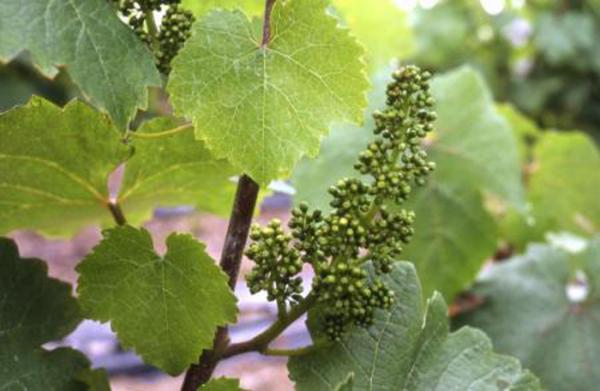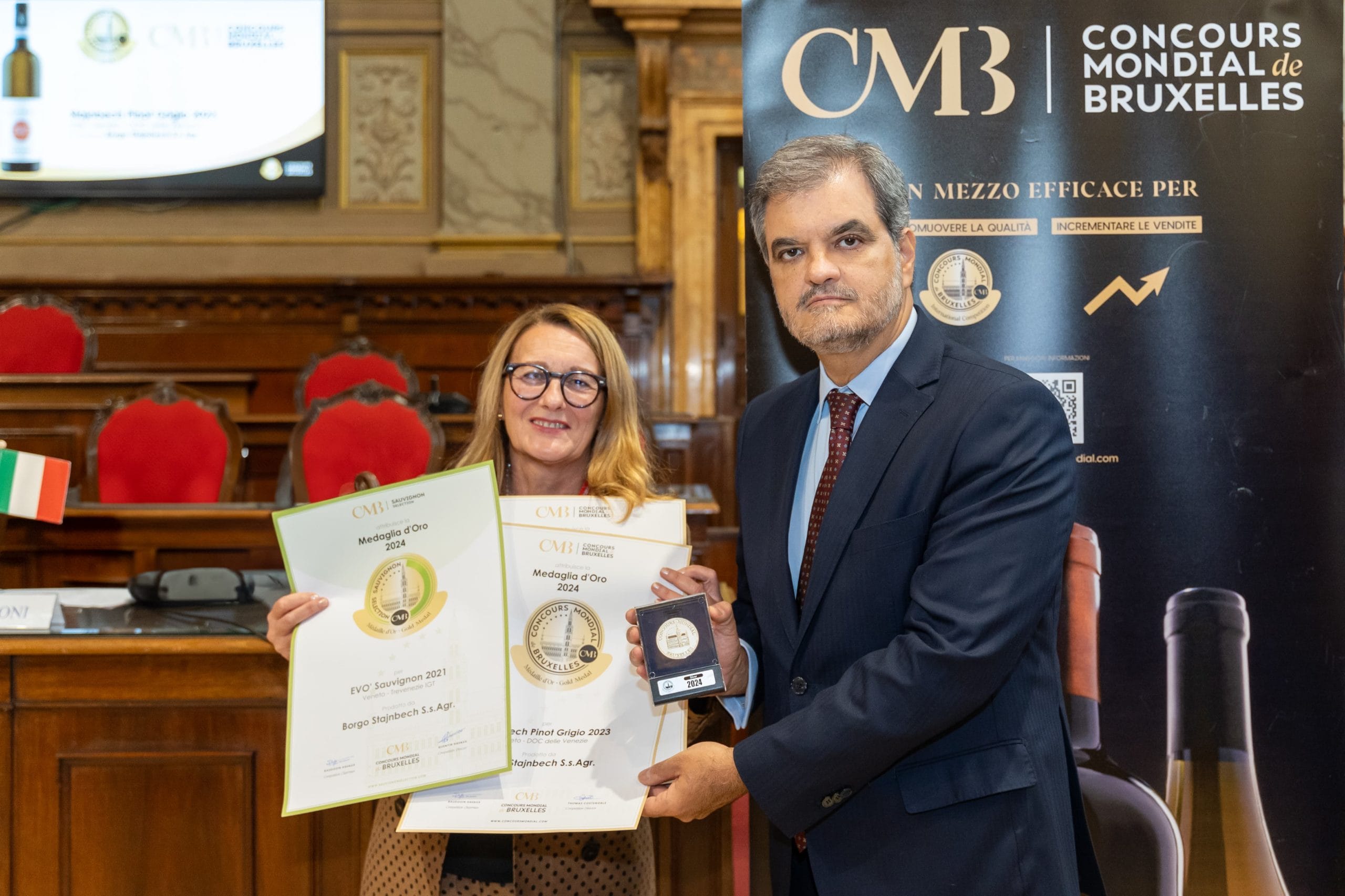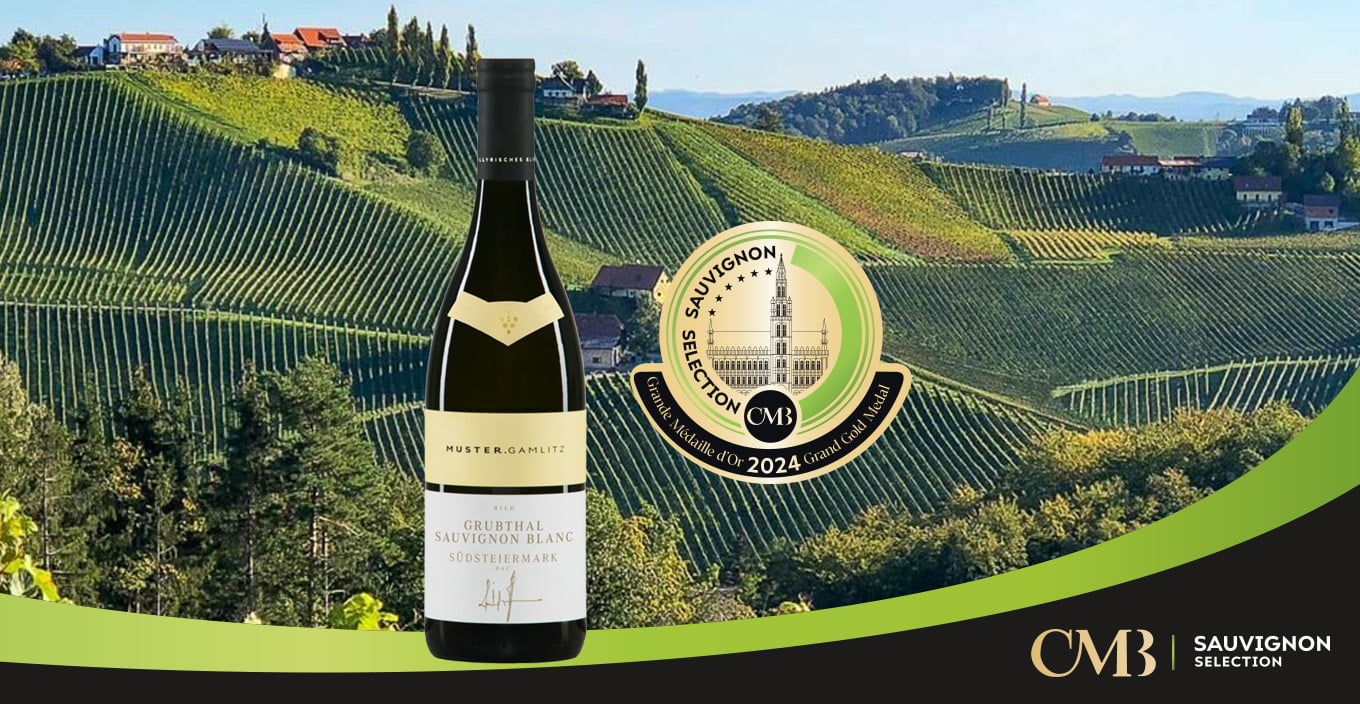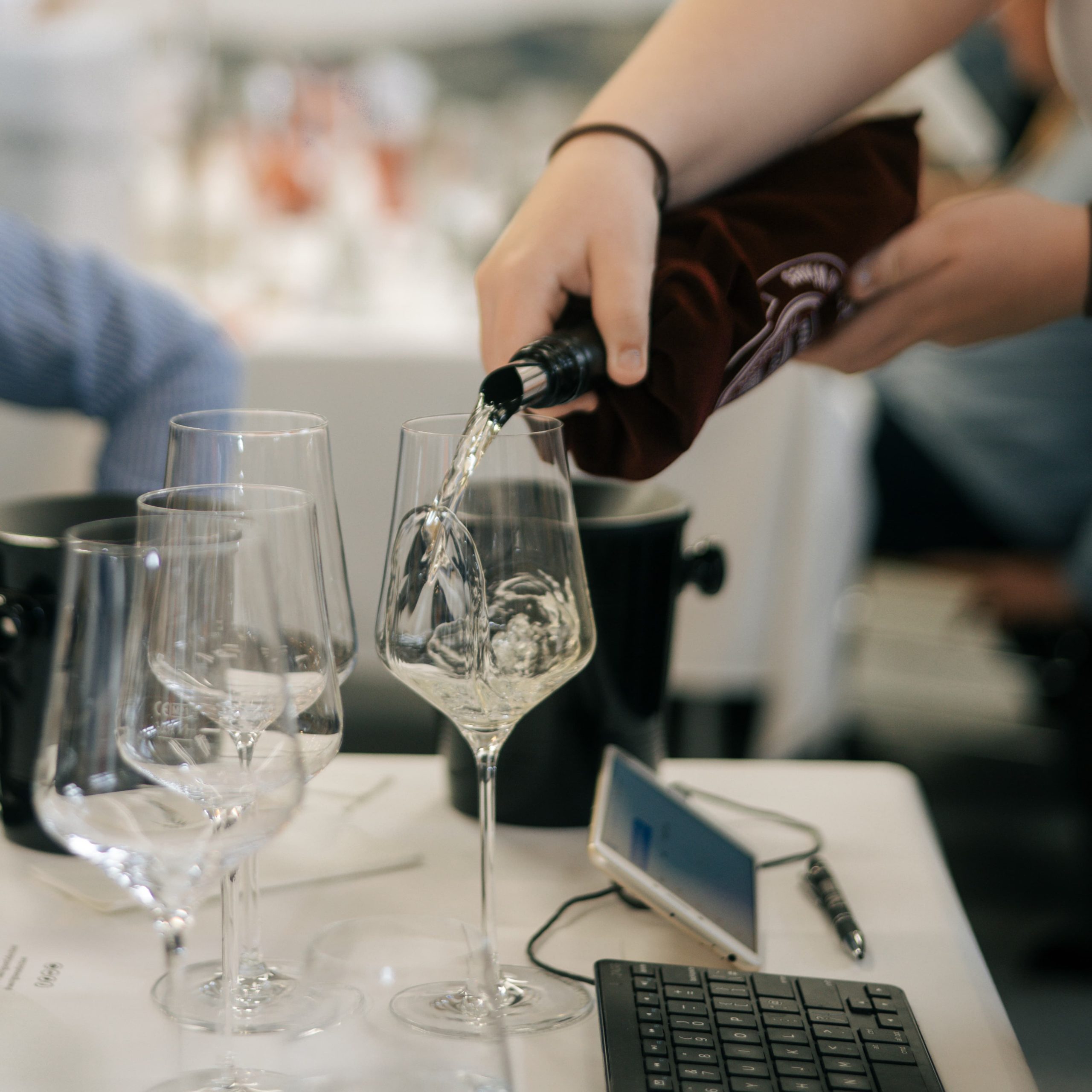The vintage effect illustrated in Sancerre Blanc

The general climate provides all regional wines with a particular style. However, annual variations can also influence the organoleptic characteristics of wine. Even the slightest differences give personality to each vintage while leaving its essential framework intact. This study aims to better understand what we call the “vintage effect” using Sancerre blanc as an example.
By Bertrand Daulny – SICAVAC – Centre Loire
Influence of climate on the composition of grapes and wine
1/ Temperature
Temperature has a significant impact on the balance of sugars and acids. The higher the temperature, the greater the sugar synthesis, up to a maximum amount beyond which excessive water stress may block photosynthesis. Higher temperatures also lower the amount of malic acid, which accelerates the decrease of acidity. Lower temperatures build up the vegetable aromas produced by methoxypyrazines (green pepper, peas, etc.). Warmer temperatures, which are not warm enough to create a large amount of water stress, increase thiol production (boxwood, blackcurrant, citrus fruit, tropical fruit buds, etc.). Many wine-growing climate indices are based on temperature. Huglin’s heliothermal index is one of the most common.
2/ Rainfall
Rainfall has a significant impact on the growth of berries. Heavy rainfall dilutes the sugars and acids present in the berry. It may also increase vine vigor, reflected by a higher level of acidity and stronger grassy aromas. A heavy water supply enriches grapes in potassium, which increases pH levels.
3/ Water Regime
The water regime of vines for a given type of soil results from the difference between the amount of precipitation and evaporated water, which is tied to the temperature and hygrometry of the air and wind. The work carried out by Professor Denis Dubourdieu’s team demonstrated the positive influence of moderate vine water deficit on the grape content of thiol precursors during the ripening stage.
4/ Light
Light and UV rays influence aromas by reducing pyrazines and forming thiols, norisoprenoids (fruity aromas) and terpenes (muscat-like aromas).
Plot effect and vintage effect
We evaluated the relative importance of the vintage effect (annual climate) and the plot effect (soil and sun exposure mainly) of three plots over a 3-year period, by the amount of varietal thiols, 4-mercapto-4-methylpentan-2-one (4MMP) with the smell of boxwood and broom, 3- mercaptohexane-1-ol (3MH) with the smell of grapefruit and passion fruit, 3-mercaptohexyle acetate (3MHA) with the smell of boxwood and 2-methoxy-3-isobutylpyrazine (IBMP) that releases the grassy and vegetable-like aromas such as green pepper and pea. The ANOVA performed on the results (Table 1) show that the plots are not distinguishable by aromatic molecules, even though there are significant differences between the vintages for IBMP, 3MH and 4MMP. Therefore, the vintage effect is greater than the plot effect, which is in line with the studies reported in several other publications.
 o
o
Methology of the study
The study involves 26 vintages from 1987 to 2012.
The annual climate was determined by the average daily temperature (T) and the potential evapotranspiration (PET), total precipitation (pp) for each of the 3 major stages of the grape growth cycle: inflorescence from budbreak to fruit set (BFS), grape bunch from fruit set to veraison (FSV), fruit from the veraison to maturation (VM), i.e. 9 parameters (Table 2). The annual Huglin Index (HI) was also taken into consideration.

The technical maturity of grapes is evaluated according to the average content of sugars (S) and total acidity (TA), obtained the day before the harvest on the plots of the Sancerre
appellation grape growing network. Wine was tasted in February 2013, over a 2-day period. Three to five cuvées of each vintage, i.e. 82 samples were tasted by a group of professionals qualified in tasting Sancerre blanc wines. The description of each wine was open. A review was gradually written as a group during the wine tasting. In addition, the wine tasters were forced to recall and compare young wines with older vintages.
Results
1/ Climate and Grape Composition
Climate and grape composition data was processed using the Principal Component Analysis
(Figure 1).
Axis 1 (horizontal) represents the vintage’s general climate conditions:
– Overall temperature (HI).
– PET for each of the 3 stages of the grape growth cycle.
– Temperature and water regime, during the period of grape maturation (VM).
The further the values to the right on axis 1, the hotter and dryer the years are, especially during VM. Conversely, the further the values to the left, the colder and more humid the years
are during VM.
The sugar content and total acidity, i.e. the technical maturity of the must, are also linked to axis 1. The total acidity correlation on this axis is higher than the one for sugar. Indeed, sugar
depends on other factors, especially the yield.
Axis 2 (vertical) represents the climate imbalance of BFS and FSV: the further the values towards the extremes, the larger the contrast becomes for temperature and humidity during
these periods. Therefore, temperature and humidity start to become less and less normal. The lower the values on this axis, the higher the temperatures, the stronger the PET and the lower
the amount of rainfall are during BFS. On the contrary, the FSV period is cold and rather rainy. These conditions correspond to the early years with a rapid growth cycle beginning,
early flowering period, cold FSV period and finally the long VM period. Conversely, the higher the values on axis 2, the less favourable the climate is for the growth of the vine during
the early stages of its growth cycle: the BFS period is long and flowering takes place relatively late. However, the FSV period is hot, dry and short.

2/ Organoleptic characteristics, groups of vintages
The Principal Component Analysis (PCA) carried out on the comparable figures (weather, composition of must in sugars and total acidity) and the organoleptic characteristics described by the group of wine tasters distinguish five groups of vintages. (Figure 1).
2.1. Group 1: “solar vintages” (1989, 1990, 2003, 2006, 2009)
These are hot and dry years, especially at the start of the fruit set. Grape must is rich in sugars with a low level of total acidity.
Flavours are dominated by notes of ripe fruit and marmalade. They can be completed by floral nuances (1989, 2006), notes of overripe fruit (1990, 2003) or less often by a grassy touch, providing freshness (2006, 2009). These wines are round and unctuous with a powerful taste. They are very sweet and occasionally have a slightly alcoholic finish (certain 2003 and 2009 cuvées).
During the first few months, they may seem to develop prematurely; however, they stay stable and keep their young character for a long time. They slowly and remarkably improve with
age, similar to dessert wines. When opening the bottle, we find a few notes of reductive characteristics (fleeting hints of truffle), except for the hottest and driest vintages (1990, 2003). However, the oxidative characteristics of candied and cooked fruit, quince and honey tend to take over. The fullness and richness of these wines develop in the mouth.
2.2. Group 2: vintages to be kept (1993, 1994, 2001)
These vintages are generally cold and experience a heavy rainfall, especially during maturation. PET is low throughout the entire year. Grape must is low in sugar content with
high levels of acidity. Young, these wines are austere and lively. They are rather dry with intense levels of malic acid that are sometimes excessive. Flavours express strong grassy and floral notes with a touch of fresh fruit (citrus). They age very slowly, yet very well, acquiring delicate and complex aromas and flavour. They move up in rank over time and can be considered great wines to keep. Powerful reductive-type aromas are formed with the smell of truffle and asparagus. These nuances may last several hours after opening the bottle. Then, oxidative aromas such as ripe and candied fruit and honey start to appear. These wines take a round and full-bodied mouthfeel, yet remain lively and fresh, which is very typical of Loire wines. 1993 and 2001 are all-around remarkable years, while 1994 is less savoury and shows a surprising aromatic development through the intensity of its reductive notes.
2.3. Group 3: early contrasting vintages (2004, 2007, 2011)
Annual temperatures are relatively normal; however, the contrast between BFS (hot and dry) and FSV (cold and humid) is significant. The content in sugars and total acidity remain somewhat average. Young, these wines express a beautiful range of aromas. We detect floral, fresh fruity and grassy notes and notice that one or the other usually dominates according to the origin. They have a fresh and firm mouthfeel, despite the low level of total acidity. These wines remain consistent with age. Reductive aromas sometimes appear when opening the bottle. However, it is the oxidative notes (honey, raisins) that characterize these wines.


